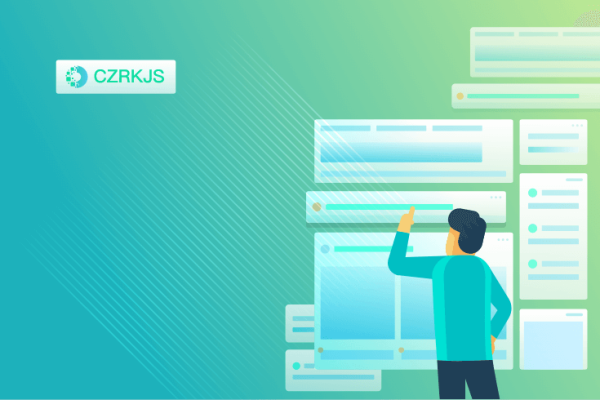
The Neuroscience of Infinite Scroll
The Neuroscience of Infinite Scroll: How Our Brains Get Hooked on Endless Content
The Dopamine-Driven Loop
At the heart of infinite scroll lies a powerful neurological mechanism: the dopamine reward system. Every time we swipe or scroll and encounter new content, our brains release a small burst of dopamine—the neurotransmitter associated with pleasure, motivation, and reinforcement. This creates a feedback loop similar to what occurs during gambling or other addictive behaviors. The unpredictability of what we might see next (a funny meme, an intriguing headline, or a viral video) keeps us engaged, much like a slot machine that occasionally delivers a win.
Studies have shown that intermittent reinforcement—where rewards are given at unpredictable intervals—strengthens habit formation. Social media platforms exploit this by designing algorithms that intersperse high-engagement posts with less compelling content, ensuring we keep scrolling in search of the next dopamine hit.
The Illusion of Completion and the “Zeigarnik Effect”
Another psychological principle at play is the Zeigarnik Effect, which suggests that people remember uncompleted tasks better than completed ones. Infinite scroll interfaces cleverly avoid providing a natural stopping point, leaving our brains in a perpetual state of anticipation. Unlike reading a book with a defined endpoint or watching a video that eventually concludes, endless feeds create an open loop that our minds subconsciously seek to close—except it never does.
This lack of closure triggers mild cognitive tension, urging us to continue scrolling in an attempt to “finish” the experience. The result? We lose track of time, often spending far longer on apps than we originally intended.
Cognitive Overload and Decision Fatigue
While infinite scroll keeps us engaged, it also places a heavy burden on our cognitive resources. The constant influx of new information forces our brains to rapidly evaluate and discard content, leading to decision fatigue. Over time, this can diminish our ability to focus deeply on any single piece of information, contributing to the phenomenon of “continuous partial attention.”
Neuroscience research indicates that excessive exposure to rapid, fragmented content can rewire neural pathways, making sustained concentration more difficult. The brain adapts to quick, shallow processing, which may explain why many people struggle to engage with long-form articles or complex tasks after prolonged social media use.
Breaking the Cycle: Mindful Consumption
Understanding the neuroscience behind infinite scroll is the first step toward regaining control. Strategies like setting time limits, using app blockers, or switching to platforms with defined endpoints (such as newsletters or digital magazines) can help mitigate its addictive pull. By recognizing how these designs hijack our brain’s reward system, we can make more intentional choices about our digital consumption—scrolling with purpose rather than compulsion.
In a world where attention is the most valuable currency, awareness of these mechanisms empowers us to reclaim our focus and mental well-being.







